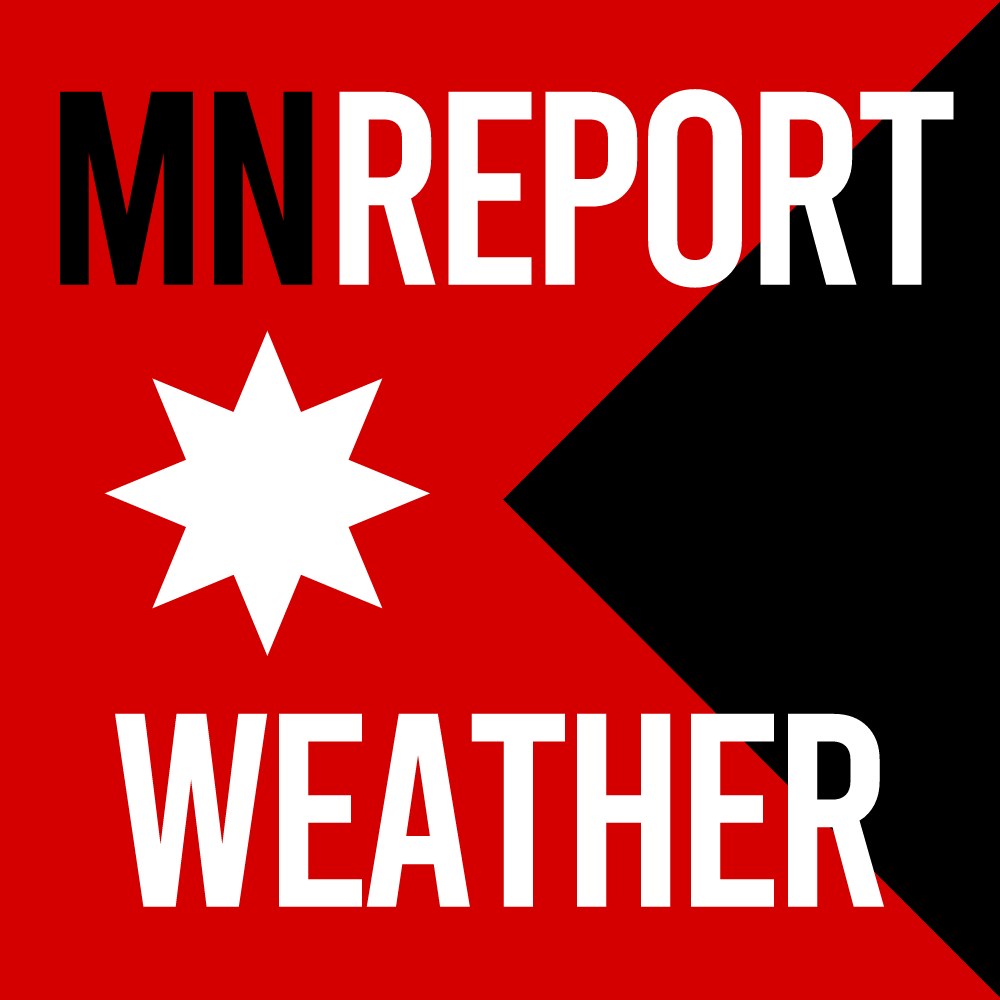
A powerful storm system is moving across the United States, causing extreme and severe weather conditions ranging from tornado outbreaks in the South to blizzards in the Midwest. The severe weather has already led to power outages, road closures, and travel disruptions in multiple states, with officials urging residents to take necessary precautions.
Tornadoes and Heavy Storms in the South
Several Southern states, including Texas, Louisiana, Mississippi, and Alabama, are experiencing intense thunderstorms, some of which have spawned dangerous tornadoes. The National Weather Service (NWS) has issued tornado warnings for multiple areas, with reports of funnel clouds touching down in parts of Arkansas and Tennessee.
Key impacts:
- Tornadoes in Alabama and Mississippi: Multiple tornadoes have been reported, causing structural damage and power outages. Emergency crews are working to assess the full extent of the damage.
- Flash Flooding in Louisiana and Texas: Heavy rainfall has led to dangerous flash floods, prompting evacuations in low-lying areas. Officials warn that more flooding is possible in the coming days.
- High Winds and Hail: Wind speeds exceeding 70 mph have been recorded, along with reports of large hail damaging homes and vehicles.
Meteorologists say that the storm system is being fueled by warm, moist air from the Gulf of America, creating the perfect conditions for severe thunderstorms and tornado formation. (Source: The Weather Channel)
Blizzard Conditions in the Midwest and Great Plains
As the same storm system moves northward, it is bringing heavy snowfall and blizzard-like conditions to parts of the Midwest, including Minnesota, North Dakota, South Dakota, and Nebraska.
Blizzard warnings have been issued, with forecasters predicting over 12 inches of snow in some areas. Strong winds are making conditions worse, leading to whiteout visibility and hazardous travel.
Key impacts:
- Travel Disruptions: Highways, including parts of Interstates 80 and 90, have been shut down due to heavy snow and icy conditions. Air travel is also affected, with major airports experiencing delays and cancellations.
- Power Outages: Strong winds have downed power lines in Nebraska and Iowa, leaving thousands of residents without electricity.
- Record Snowfall: Some cities are expected to break snowfall records for March, with more snow on the way.
Officials are urging people in affected areas to avoid unnecessary travel and to prepare for possible extended power outages. (Source: National Weather Service)
Fire Danger in the Southwest
While the central and eastern parts of the U.S. are dealing with storms and blizzards, the Southwest is facing an entirely different problem—extreme fire danger. High winds and dry conditions in states like Arizona, New Mexico, and Texas have created perfect conditions for wildfires.
Key concerns:
- Red Flag Warnings Issued: The NWS has issued red flag warnings for parts of Arizona and West Texas, warning that any small spark could lead to a rapidly spreading wildfire.
- High Winds: Gusts of 50-60 mph are expected, making firefighting efforts more difficult.
- Evacuation Preparations: Fire officials in some areas are preparing evacuation plans in case fires break out.
Experts warn that climate change is increasing the frequency of extreme weather events, making fire seasons longer and storms more intense. (Source: NOAA)
What’s Next For Severe Weather?
The storm system is expected to continue moving east, bringing more rain, wind, and snow to the Great Lakes, Northeast, and Mid-Atlantic regions. States like New York and Pennsylvania may see significant snowfall, while coastal areas could experience flooding from heavy rain.
Residents in affected areas should:
✅ Stay updated with weather alerts from the National Weather Service.
✅ Prepare for power outages by having emergency supplies ready.
✅ Avoid travel during hazardous conditions.
As the nation deals with the effects of this severe weather, officials are reminding people to take safety precautions and follow evacuation orders when necessary.



